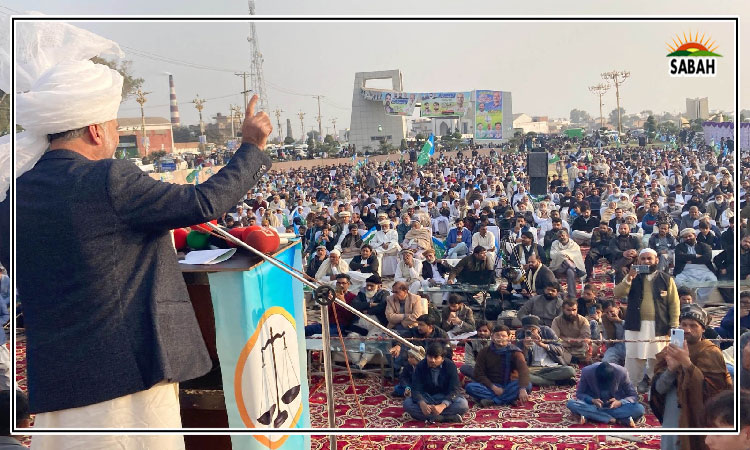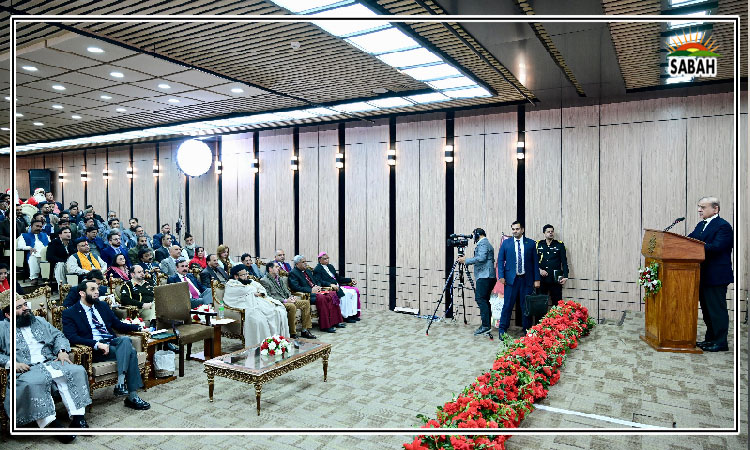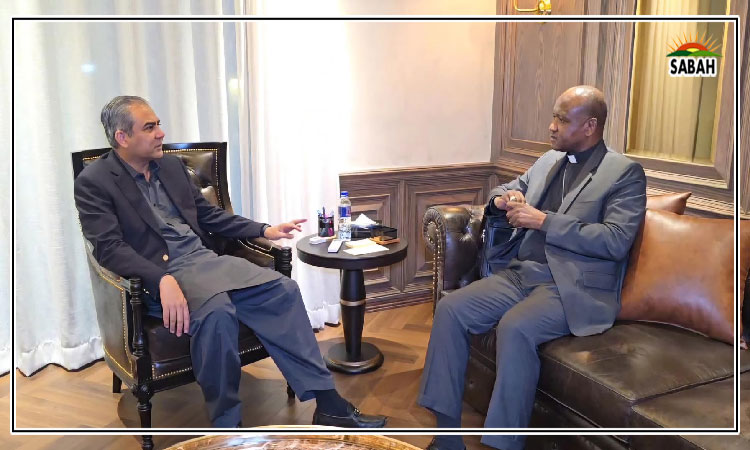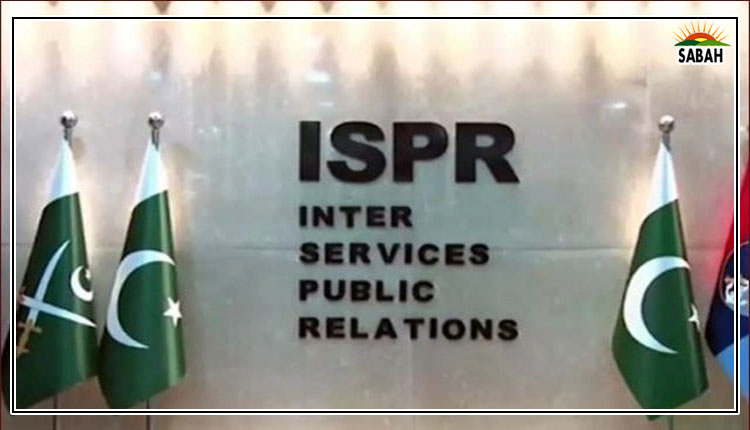Madyan and the people of Swat…Zubair Torwali
In 1992, when Sufi Muhammad made Malakand Division, and Swat in particular, the centre of his movement for the implementation of Shariah, a large majority of the people of Swat sided with him.
Every summer, they used to block the only road to Swat at the Malakand top. This was the season of his movement every year. His movement then seized Saidu Airport in 1993 and paralyzed the local administration of Swat and imposed his interpretation of Shariah on his behalf in Swat.
The first precept was to manage the traffic on the right side of the road. Because of this, many accidents also happened, but the ruling government of the time had a strong reaction to free the possession of Swat Airport and thus the focus of this movement shifted to Afghanistan. Being in my teens, I was also influenced by this movement.
The Swat-based Taliban movement started in 2004 again, but the local administration ignored it. Gradually their activities increased and a large number of local people started supporting this movement pouring money and also helping him construct his seminary. People were so enthusiastic that they used to provide free labour for the construction of his seminary. People from many areas in Swat used to come to work there in turn. Many more people were helpless in front of this movement and supported it also because they found the state of that time not only lax in this matter but also felt that it was supporting this adventure secretly.
We, the people of Swat, have to admit that in the early days of this movement, the local people contributed generously and it had supporters in almost every village and hamlet across Swat valley. During this period of killings and destruction of Swat’s economy, fear and panic entered the region and then in February 2009, an operation was carried out against it. For this operation, more than 1.5 million people migrated from Swat and other parts of Malakand and spent three to four summer months in the tent camps. Many families have not yet returned. That operation was so successful that militancy in Swat was temporarily halted. Many local youths were killed and many are still missing.
In 2010, dangerous floods engulfed Swat, which added another tragedy to the destruction of Swat. Just as people were struggling with the floods, suspicious activities started happening again on the hills in Swat. These activities increased by 2022, after a deal with the militants who had fled to Afghanistan. When these activities intensified, all of Swat stood up against any more terrorism. Large protests were held across the region against the Taliban. This culminated in widespread outrage by the people of Swat and the dubious activities on the hills in various valleys of Swat were stopped. Had the people of Swat been awakened the way they did in 2022, Swat would have never witnessed the kind of militancy here in 2008 and 2009.
The political interpretation of religion with which the Taliban movement was started was questioned. The molvis of this school were also victims of the Taliban movement because this politico-religious manufacturing was done for a specific purpose. This political and radical version of religion became infamous all over the world.
Now a new kind of violent people have been created, people who were generally regarded as soft and less violent during the Taliban movement. Now in the new political maneuver, this project has been extended. This project was institutionalized and incorporated into formal politics. This new political understanding has also entered the suburbs and peripheries of the country due to displacement, migrations, and preaching. What happened in Madyan (Swat) was a direct impact of this new tool which was prepared and launched in mainstream Punjab, and it gradually rippled to faraway areas like the one that was spread during the 80s and 90s.
Since the heinous incident of dragging and burning a tourist accused of blasphemy in Madyan, there have been certain reactions by the locals of the area. In the first place, it was also given a racist turn by continuously writing Punjabi tourist with the accused. Many people also pointed to the ‘pro-Punjab lobby’ and thought of multiple conspiracies against tourism or peace in the region. Some writers from Punjab also delved into the same debate as they did back in 2008-09 by calling all the local people extremists, conservative and uncivilized.
Locally and nationally, a justification for the mob taking the law into their own hands in the Madyan tragedy is being provided by using cliches such as the law is not that strong in Pakistan. They say that if the law were strong, the tragedy would not have happened. In other words, this narrative means that anyone who can mobilize a crowd this way and charge it can do whatever he likes for, they think, there is no law or the law is too weak to punish a culprit. In the Madyan incident, the law (police) had taken the accused into custody and started its process. The mob dragged the accused out of the police station, killed him, and burnt the dead body thinking they did the right thing by punishing the accused. Saying that the law is not strong enough is meant to justify such heinous incidents. This narrative, in stark terms, is a moral justification for the mob to become its judge, its witness and executioner.
There is a need for introspection and to think about what is wrong among us that triggers such terrible events. To point our fingers at others for all our ills is rationalizing our own guilt and fault.
Courtesy The News












